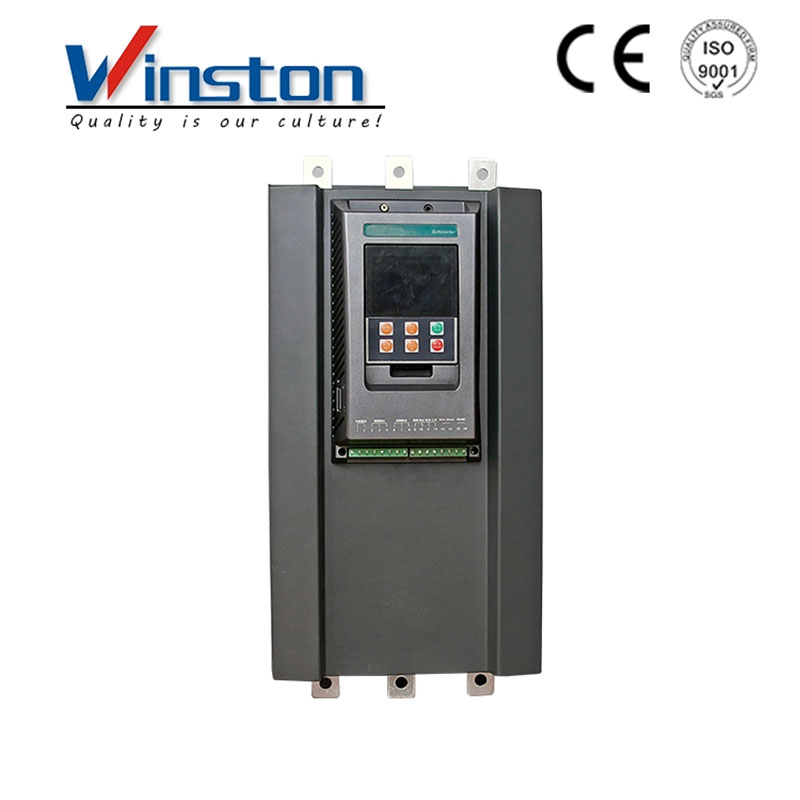When electric motors start up, they often generate sudden high currents that can damage equipment, disrupt power grids, or shorten motor lifespan. Understanding which scenarios benefit most from a Motor Soft Starter helps businesses avoid these issues and choose the right solution. This article breaks down key industrial settings where this device adds real value.
Manufacturing plants use large motors for air compressors, hydraulic presses, and conveyors. These machines need high torque to start, leading to inrush currents (5-8 times the motor’s rated current). This strains power supplies, trips circuit breakers, and damages control components.
It gradually increases voltage during startup, creating a smooth ramp-up. This reduces current spikes, protecting the motor and electrical infrastructure. It also minimizes mechanical stress on gears and belts, cutting unplanned maintenance stops.

Facilities rely on pumps (centrifugal, submersible) for fluid movement. Frequent on-off cycles cause “water hammer”—a pressure surge that damages pipes, valves, and pump impellers over time.
It controls the pump’s acceleration rate. Slowing startup eliminates water hammer, extending piping life and reducing repairs. It also prevents excessive current draw per cycle, keeping power usage stable and avoiding disruptions to other equipment.
Large buildings (warehouses, malls) use HVAC motors for fans, blowers, and chillers. Startup high inrush current temporarily drops building voltage, affecting devices like computers or lighting.
It limits initial current draw of HVAC motors, keeping power supply consistent and preventing voltage dips. It also reduces wear on motor windings, boosting efficiency and lowering energy costs by avoiding startup power waste.
Mining operations use crushers, mills, and conveyors in harsh environments (dust, vibration, heavy loads). Sudden startup causes severe mechanical shock, leading to broken parts or motor failure—and downtime cuts productivity.
It eases the motor into full speed, reducing mechanical shock. This protects the motor from premature damage and keeps equipment reliable. It also manages site power demand, letting multiple machines start without overwhelming generators or grids.
A Motor Soft Starter excels in scenarios where motors face high startup stress—current surges, mechanical shock, or water hammer. The four settings above (manufacturing, water treatment, HVAC, mining) all share this need, helping businesses cut maintenance costs, improve reliability, and stabilize power use.
To explore how a high-quality Motor Soft Starter fits your specific industrial scenario, visit our product page dedicated to this equipment. You’ll find detailed technical specifications and solutions tailored to different application needs.
GET A QUOTE